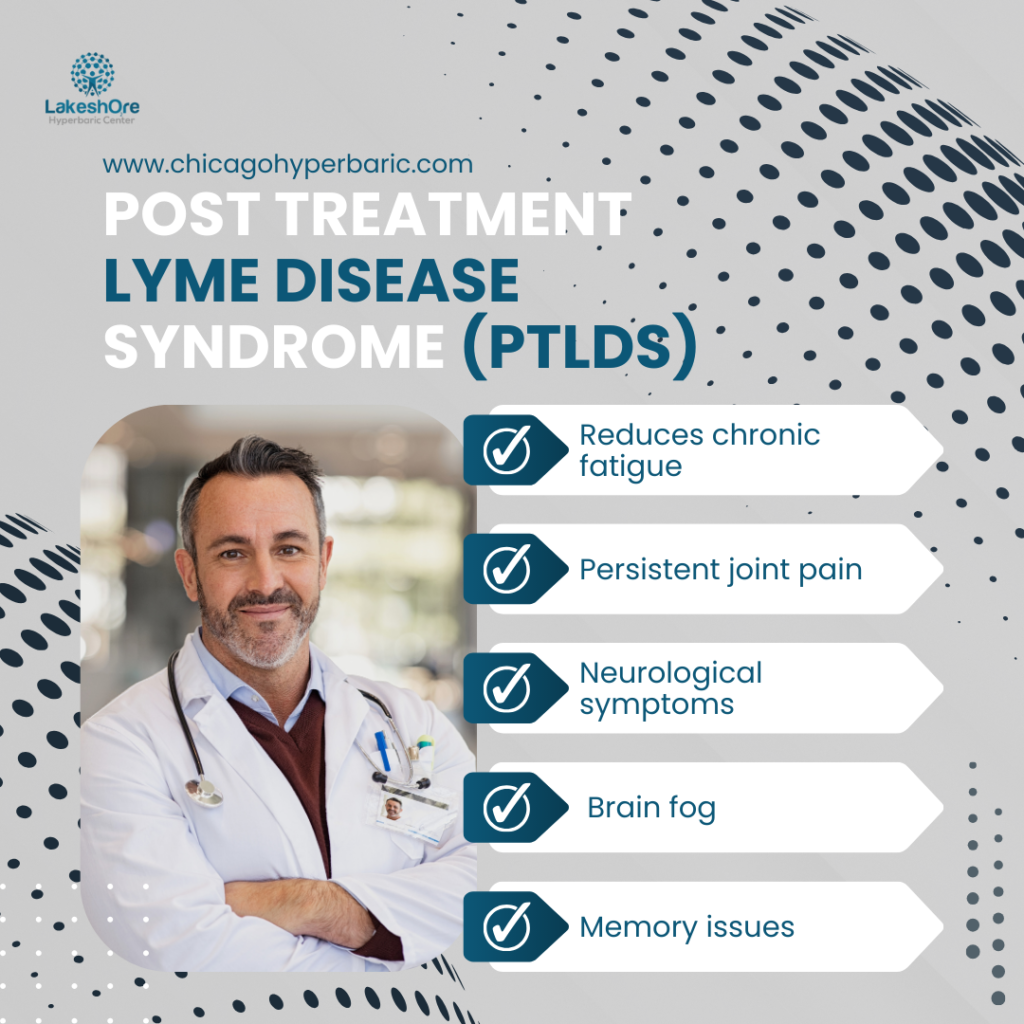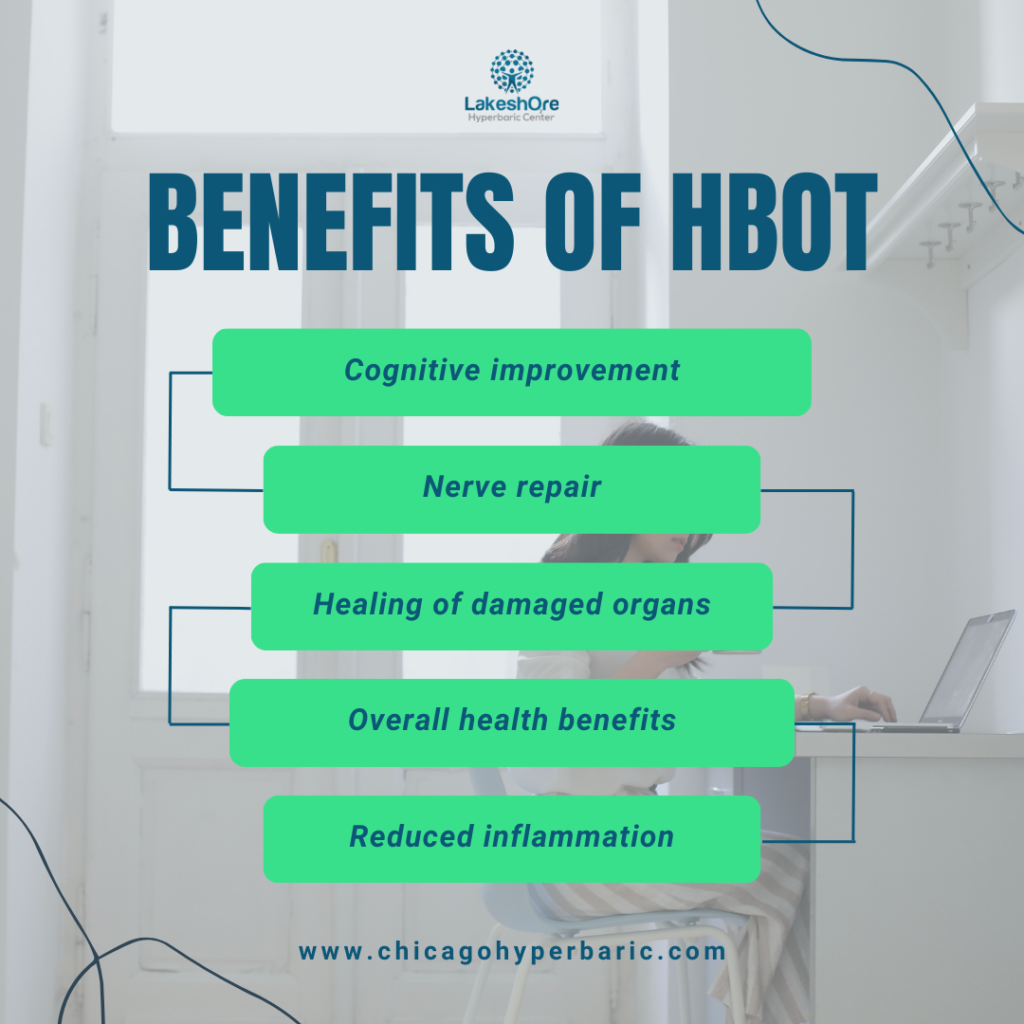Understanding Hyperbaric Treatment for Lyme Disease
Lyme disease, caused by the bacterium Borrelia burgdorferi, is a tick-borne illness that can severely impact a person’s physical and mental well-being. It often presents with symptoms like fatigue, joint pain, fever, and neurological complications. While antibiotics are the standard treatment, some individuals continue to experience lingering symptoms even after completing their prescribed course. This condition, known as Post-Treatment Lyme Disease Syndrome (PTLDS), can make recovery challenging.
One innovative approach gaining attention is hyperbaric treatment for Lyme disease. This therapy involves using a hyperbaric chamber to deliver 100% oxygen at increased atmospheric pressure. Known as hyperbaric oxygen therapy (HBOT), this method saturates the bloodstream with oxygen, promoting healing at a cellular level. HBOT is especially effective for Lyme disease as it targets the anaerobic bacteria that thrive in oxygen-deprived environments, helping to alleviate symptoms and accelerate recovery.
What Is Hyperbaric Treatment for Lyme Disease?
Hyperbaric treatment for Lyme disease refers to the use of a hyperbaric oxygen chamber to treat symptoms and complications of this condition. In a hyperbaric chamber, patients breathe pure oxygen at pressures up to three times higher than normal atmospheric levels. This high-pressure environment forces oxygen into the bloodstream, tissues, and even the cerebrospinal fluid, where it can reach areas that are typically difficult to oxygenate.
The connection between the hyperbaric chamber and Lyme disease lies in the bacterium Borrelia burgdorferi. As an anaerobic organism, Borrelia cannot survive in oxygen-rich environments. By delivering concentrated oxygen, HBOT inhibits the growth of this bacterium and reduces its ability to replicate. This makes hyperbaric oxygen lyme disease treatment a promising adjunct therapy for patients battling persistent symptoms.
Additionally, the increased oxygen levels from HBOT can help repair damaged tissues, reduce inflammation, and boost the immune system. These benefits make hyperbaric oxygen therapy for Lyme disease an effective tool not only for targeting the root cause of the infection but also for managing the long-term effects associated with it.
How Hyperbaric Oxygen Therapy Works for Lyme Disease
Hyperbaric oxygen therapy (HBOT) involves breathing pure oxygen in a high-pressure chamber, enabling oxygen to dissolve deeply into the bloodstream and tissues. This process disrupts the anaerobic environment that allows Borrelia burgdorferi (the bacteria causing Lyme disease) to thrive. By increasing oxygen levels, HBOT inhibits bacterial growth, enhances the immune system, and supports tissue recovery.
Key Benefits of Hyperbaric Oxygen Therapy for Lyme Disease
- Reduces Inflammation and Pain: High-pressure oxygen alleviates swelling and joint pain commonly associated with Lyme disease.
- Promotes New Blood Vessel Growth: Stimulates angiogenesis, improving blood flow to damaged tissues.
- Enhances Tissue Repair: Boosts stem cell production, aiding in nerve, vessel, and tissue regeneration.
- Manages Post-Treatment Lyme Disease Syndrome (PTLDS):
- Reduces chronic fatigue.
- Relieves persistent joint pain.
- Improves neurological symptoms like brain fog and memory issues.
HBOT offers a multifaceted approach, addressing both the bacteria and long-term symptoms of Lyme disease, making it a valuable therapy for recovery.

Stages of Lyme Disease and the Role of HBOT
- Localized Stage (Early Lyme Disease): Symptoms include a red rash (erythema migrans), fever, fatigue, and muscle aches.
- Role of HBOT: Hyperbaric therapy for Lyme disease at this stage can target Borrelia bacteria early, reducing symptom severity and preventing progression.
- Early Disseminated Stage: Symptoms may spread to other parts of the body, including neurological complications, joint pain, and heart issues.
- Role of HBOT: HBOT improves oxygen delivery to tissues, helping manage inflammation, neurological symptoms, and tissue damage.
- Late Disseminated Stage (Chronic Lyme Disease): Chronic symptoms like severe joint pain, fatigue, and neurological dysfunction occur.
- Role of HBOT: Hyperbaric treatment for Lyme can aid in tissue repair, reduce chronic inflammation, and manage Post-Treatment Lyme Disease Syndrome (PTLDS).
HBOT provides tailored benefits for each stage, helping patients recover faster and alleviating long-term symptoms.
Research highlights the effectiveness of hyperbaric chamber treatment for Lyme disease in increasing oxygen levels in tissues, which inhibits the growth of Borrelia burgdorferi. Studies show that HBOT is especially beneficial for patients experiencing neurological symptoms, chronic fatigue, and inflammation.
Case studies also reveal significant improvements in individuals suffering from long-term Lyme disease symptoms. Patients reported reduced pain, improved cognitive function, and better energy levels after undergoing HBOT.
While HBOT is currently an off-label treatment for Lyme disease and not FDA-approved for this purpose, it is widely used due to its promising results. However, further research is needed to fully establish its benefits. Hyperbaric therapy continues to provide hope for patients struggling with this challenging condition.
Potential Side Effects of Hyperbaric Oxygen Therapy
While hyperbaric oxygen therapy (HBOT) for Lyme disease has shown promising results, it is not without potential side effects. One common reaction is the Jarisch-Herxheimer reaction, which occurs as bacteria die off and release toxins. This can temporarily worsen symptoms like fatigue, fever, or inflammation.
Other side effects may include grogginess, headaches, low-grade fever, or mild inflammation. These effects are generally short-lived and manageable under proper medical supervision. During hyperbaric Lyme treatment, healthcare professionals can monitor and address any discomfort, ensuring the therapy remains effective and safe for the patient.
Is Hyperbaric Treatment for Lyme Disease Right for You?
Hyperbaric oxygen therapy for Lyme disease isn’t a one-size-fits-all solution. Several factors should be considered, including the stage of the disease, the severity of symptoms, and individual health conditions. Those with existing medical concerns, such as respiratory issues, should consult a specialist before starting treatment.
A personalised treatment plan is essential for maximising the benefits of hyperbaric oxygen therapy Lyme disease treatment. Consulting a medical professional experienced in HBOT ensures that the therapy aligns with your specific needs and health goals.

Additional Benefits of Hyperbaric Oxygen Therapy
- Cognitive improvement: Enhances brain function and mental clarity.
- Nerve repair: Supports the healing of damaged nerves and promotes neurological recovery.
- Healing of damaged organs: Assists in the regeneration of tissues and organs affected by injury or illness.
- Overall health benefits: Boosts immune system function and promotes general well-being.
- Reduced inflammation: Helps in reducing chronic inflammation associated with various health conditions.
The Future of Hyperbaric Treatment for Lyme Disease
Hyperbaric treatment for Lyme disease offers a promising path to recovery by addressing symptoms, reducing inflammation, and promoting healing at a cellular level. Its ability to improve oxygen delivery and support the immune system makes it an excellent complementary option alongside traditional treatments. Early diagnosis and timely intervention play a crucial role in maximising the effectiveness of hyperbaric therapy for Lyme disease.
If you’re considering hyperbaric oxygen therapy for Lyme disease, consult a healthcare provider to assess your individual needs and develop a personalised treatment plan.
If you’re ready to begin your recovery journey, we invite you to reach out to Chicago Hyperbaric today. Our team is here to help you explore the benefits of hyperbaric oxygen therapy for Lyme disease and develop a personalised treatment plan tailored to your needs. Don’t wait—contact us now to learn more about how HBOT can support your recovery process. \
Read More:
Hyperbaric Oxygen Therapy for Traumatic Brain Injury (TBI): Exploring HBOT Benefits and Recovery
Hyperbaric Oxygen as an Adjuvant for Athletes: Enhancing Recovery and Performance
Using Hyperbaric Oxygen Therapy to Manage Multiple Sclerosis
Sudden Sensorineural Hearing Loss (SSNHL) and the Efficacy of Hyperbaric Oxygen Therapy
Asthma Management with HBOT: A New Approach to Breathing Easier
IBD Management: Understanding the Therapeutic Effects of HBOT in IBD
HBOT for Alzheimer’s: A Promising Treatment for Cognitive Decline




